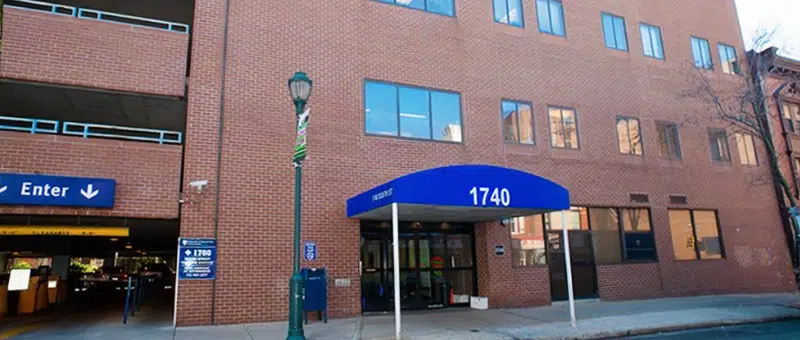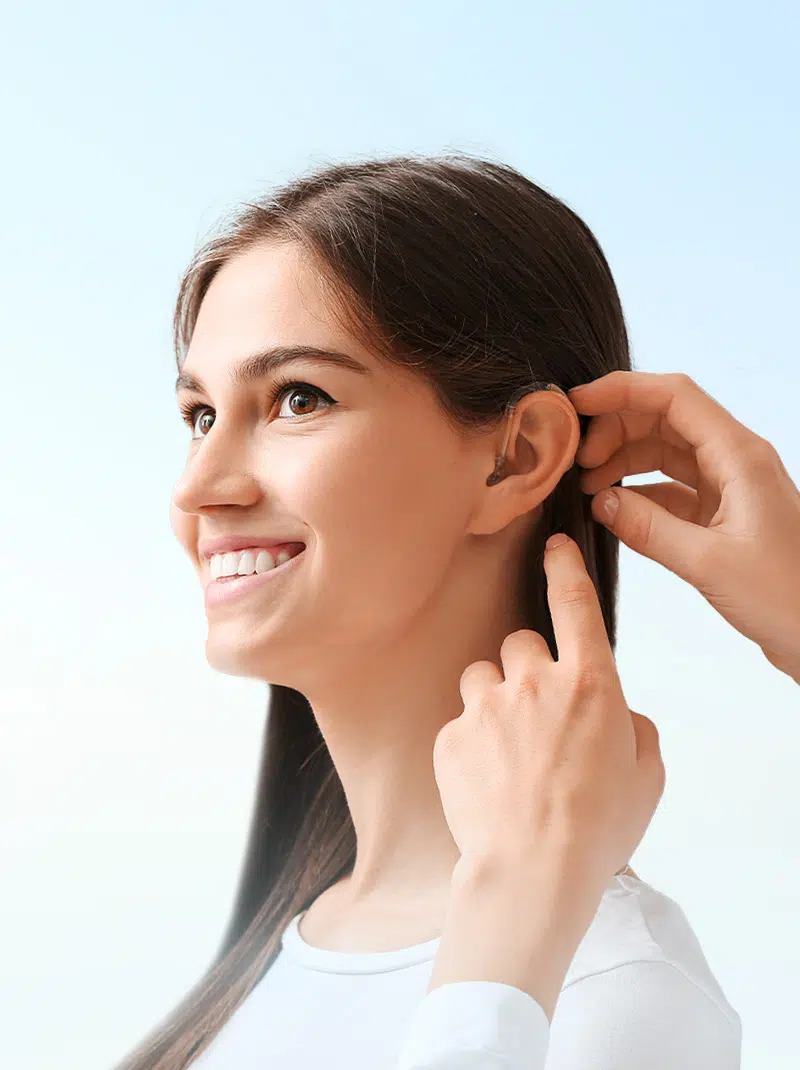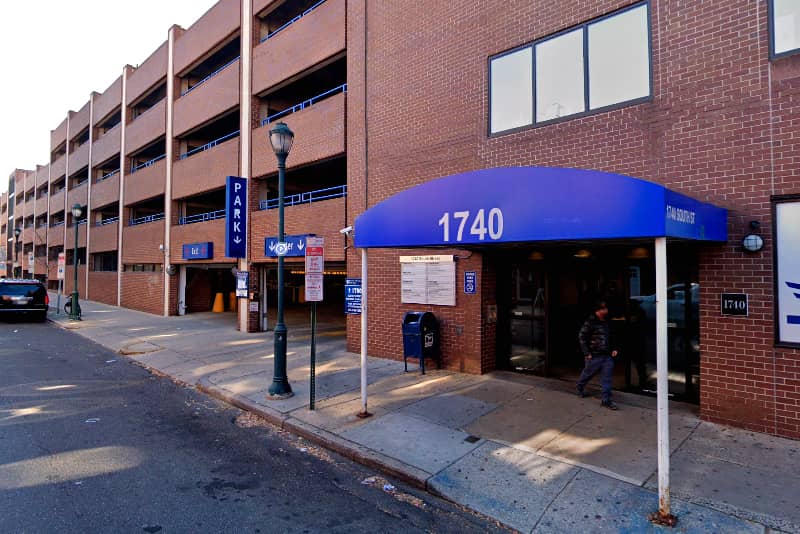ENT & Allergy Treatments in Philadelphia, PA
Best ENT & Allergy Treatments in Philadelphia.
Penn Medicine Becker ENT and Allergy offer specialized Ear, Nose, and Throat disorder treatments and Allergy treatments. Our ENT doctors are board-certified and highly trained.
Adults and children find the experts who care and the answers they need at our facility.
How to reach us

Address
1740 South Street, Suite 401
Philadelphia, PA 19146
Phone
215-671-6330
Fax: 215-671-6331
Opening Hours
Monday – Friday
8:00 AM – 5:00 PM
Saturday – Sunday
Closed
For holiday schedule hours contact our office*
Find all the ENT and Allergy Treatments Available at Our Philadelphia, PA Office

ENT
Ear, Nose, and Throat Disorders.

Allergy
Allergic Disorders and Treatments.
We Offer ENT and Allergy Treatments to Philadelphia, PA Nearby Cities & Towns
Get directions to our location on Google Maps
Parking garage: Convenient parking is provided at the parking garage at 1700 South Street. Visitors and patients of Penn Medicine Rittenhouse receive discounted rates with parking validation.
Valet parking: Valet parking is temporarily suspended at all Penn Medicine locations due to Covid-19.
ABOUT US
Becker Ear, Nose, and Throat: Philadelphia’s Most Trusted Source for Ear, Nose, and Throat (ENT) care.
Penn Medicine Becker ENT and Allergy doctors are leading experts in their fields. Our board-certified physicians are well-respected in the academic community.
They have authored over 100 scientific publications and textbooks. They are also guest editors and reviewers for over 20 journals and publications. Their books are available in many languages and have a global audience.
We are proud to be featured in US News and World Report, Philadelphia Magazine, and Kev’s Best.

Our Providers
Dedicated to using their skills & experience to help patients to diagnose, treat & manage their ENT-related medical problems.
Questions Our Patients Ask
Penn Medicine Becker ENT and Allergy is dedicated to the greater community. Each Philadelphia ENT team member provides compassionate care that leaves an impression long after the patient leaves the office. Becker team physicians are elite ear, nose, and throat doctors who treat each patient with compassion and kindness. Each patient receives a personalized plan based on their concerns and goals, including cutting-edge testing for an accurate diagnosis and treatment options like lifestyle changes, medication, in-office procedures, or surgery.
Out-of-town patients can also enjoy the many unique highlights featured in South Philadelphia, including the Italian market or legendary cheesesteak at Pat’s or Geno’s. South Street is known for its unique shops and restaurants. Within a short distance, there are many activities available, including the Adventure Aquarium in Camden, New Jersey. The Pennsylvania Dutch Amish communities in Lancaster County are just 1.5 hours west, the Dorney Park & Wildwater Kingdom is 1.5 hours north, and the Philadelphia Zoo is located at 3400 W. Girard Avenue.
Penn Medicine Becker ENT specialists evaluate and treat conditions relating to the ears, nose, throat, sinus, thyroid, head, and neck. Contact a Becker ENT specialist if you have health concerns involve ear, nose, and throat.
Yes, our location is conveniently located 1700 South Street in Philly. See directions below.
Otolaryngology specializes in medical treatment for ears, pain, and hearing loss. They also help to prevent congenital ear problems.
Going to see an ENT doctor is not necessary when you’re suffering an ENT infection, such a cold, but it can help you with rapid recovery in other situations.
ENT doctors at Penn Medicine Becker ENT have a wealth of knowledge and experience in treating disorders of the ear, nose, and throat. We are able to provide comprehensive care for our patients. We like to believe we are the best!
